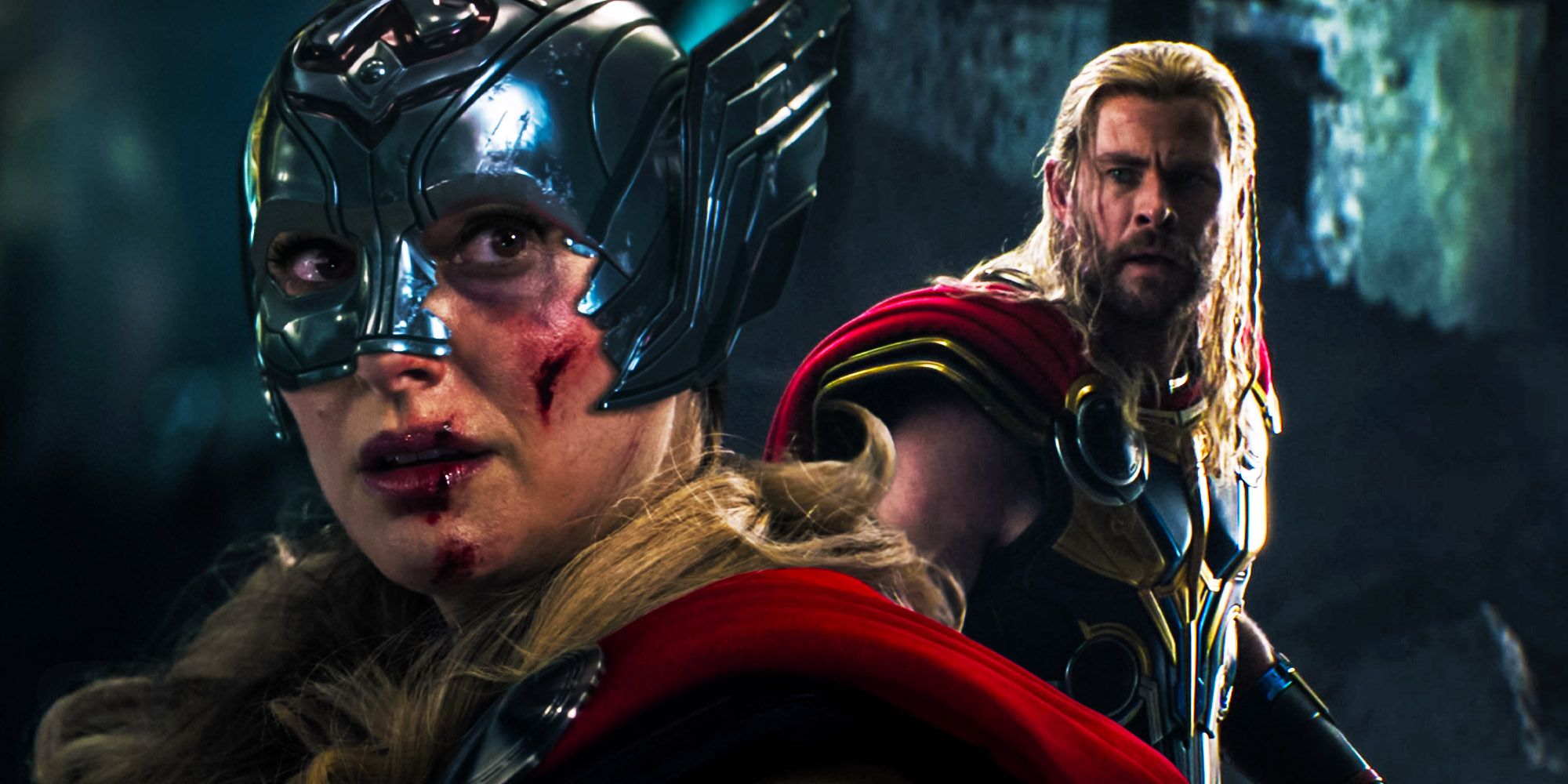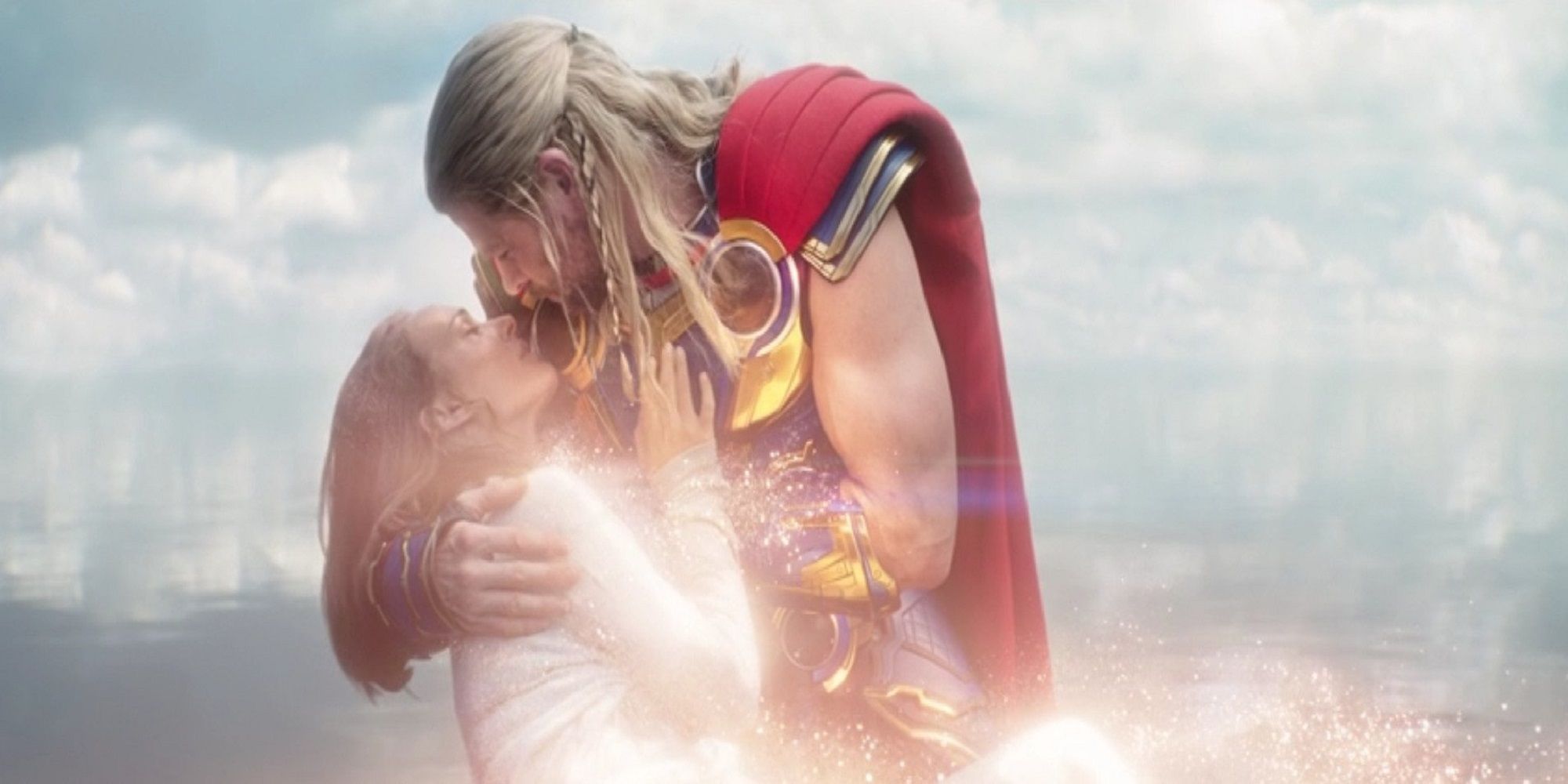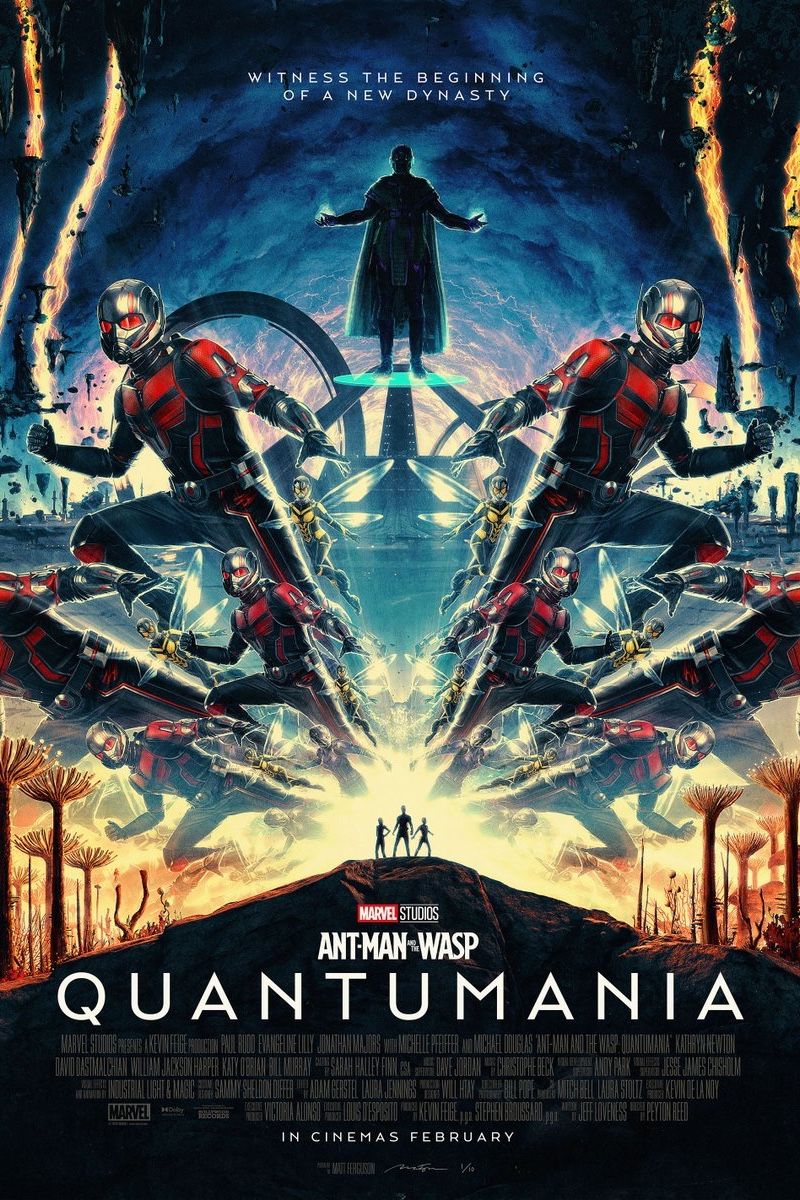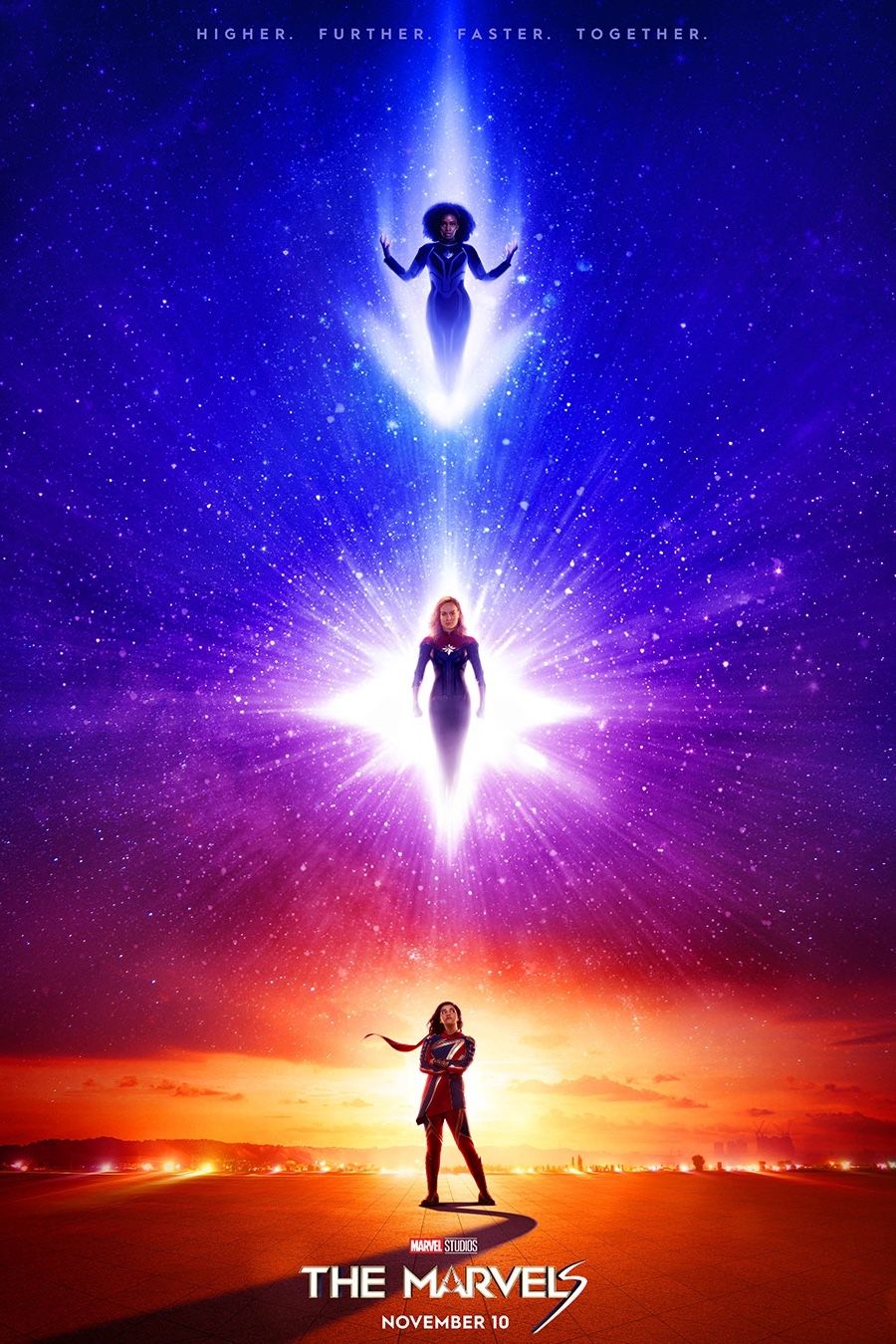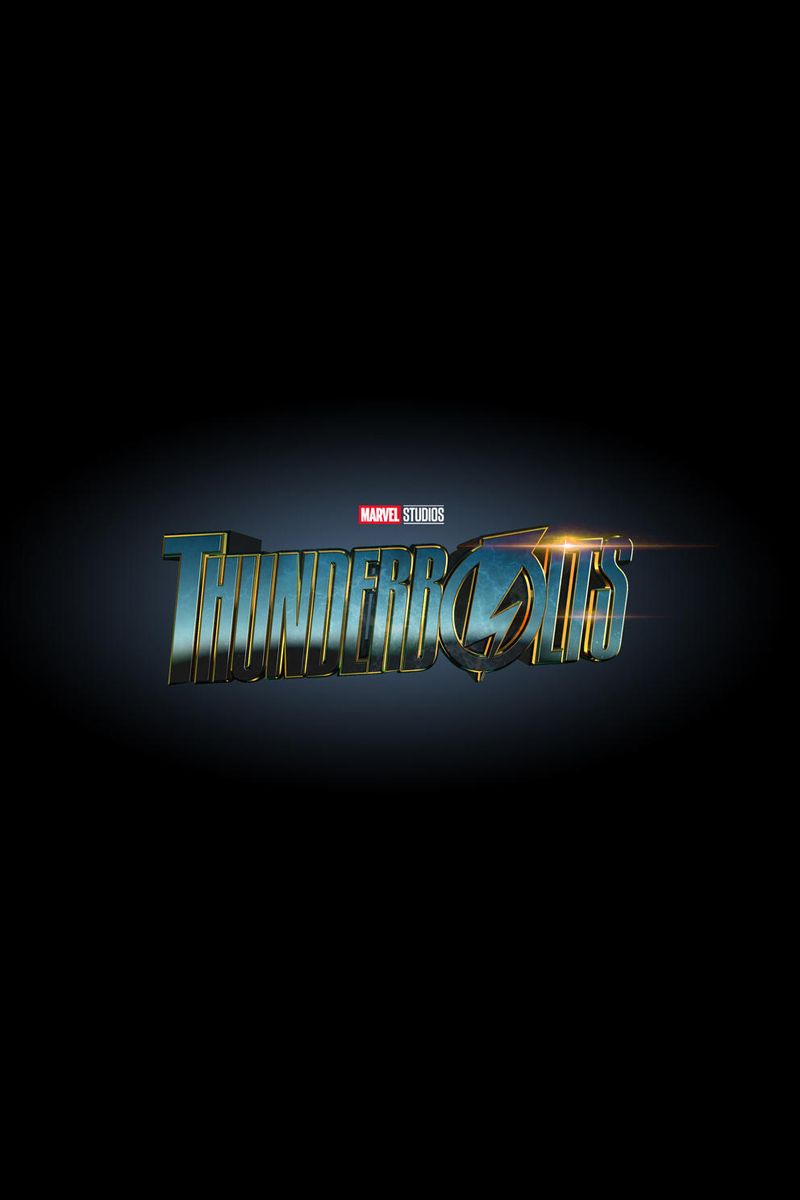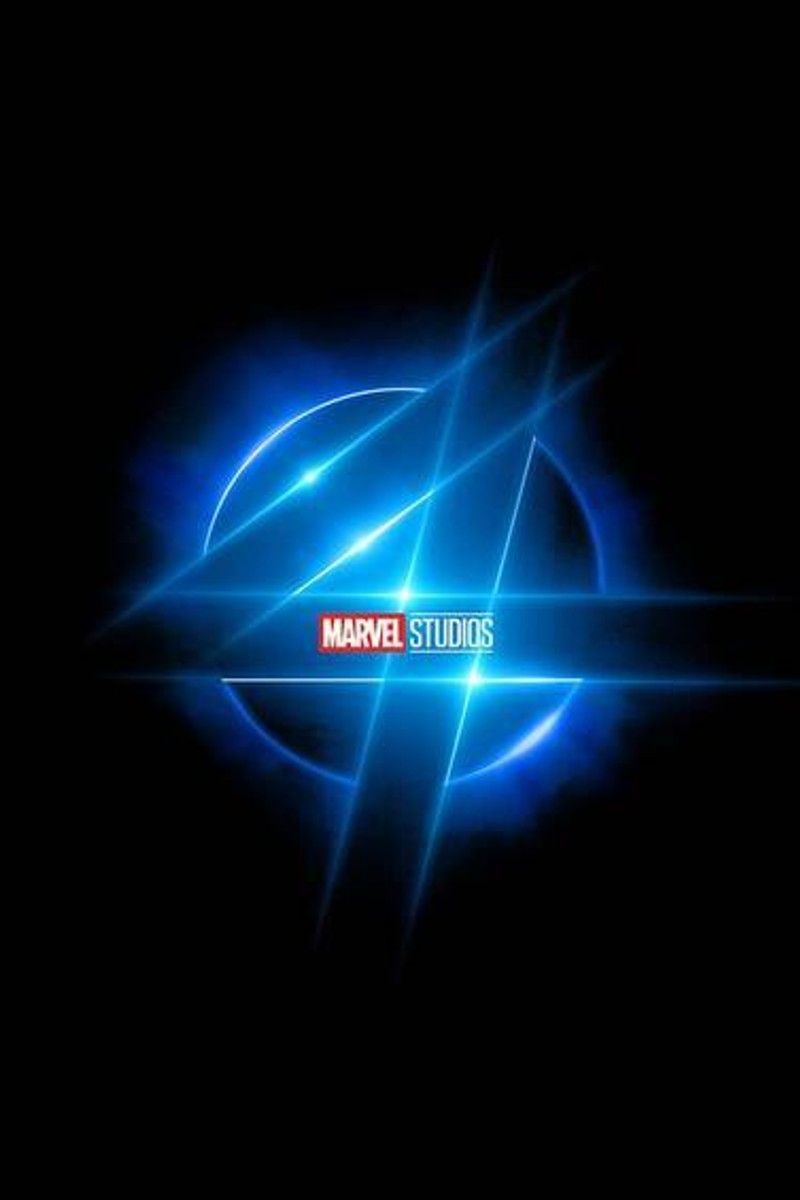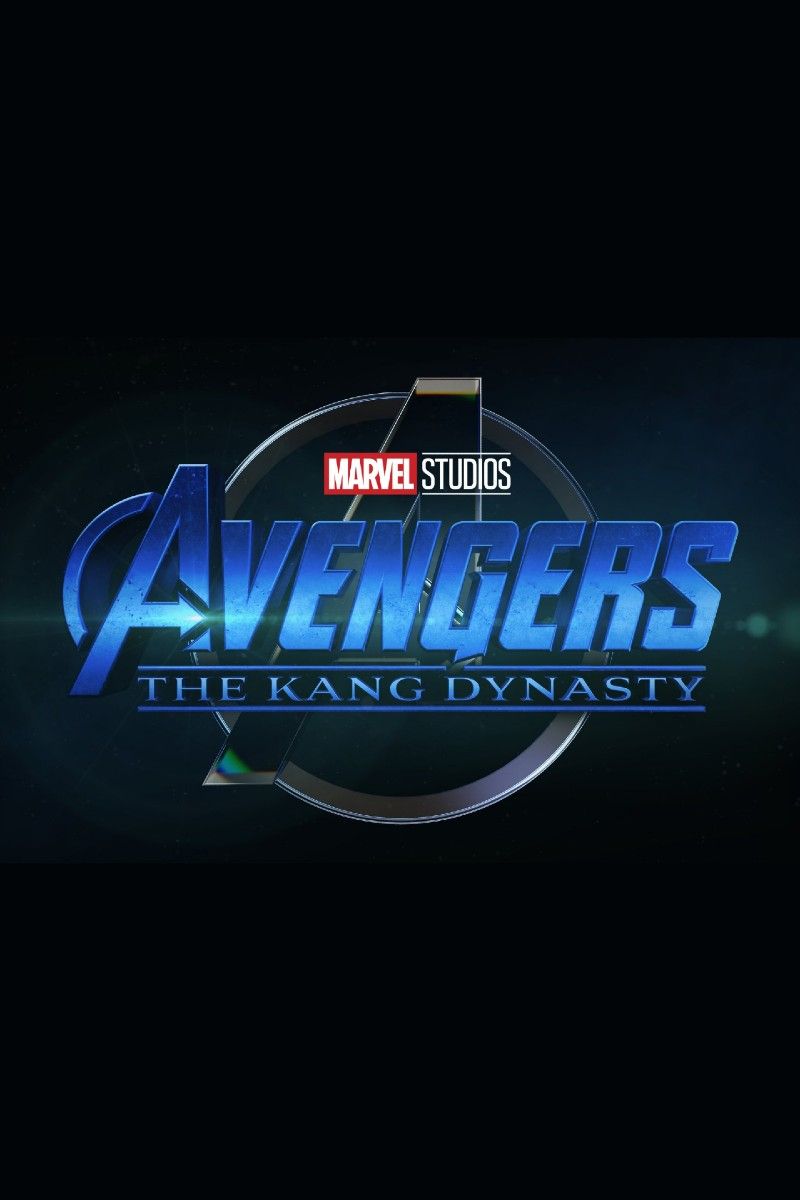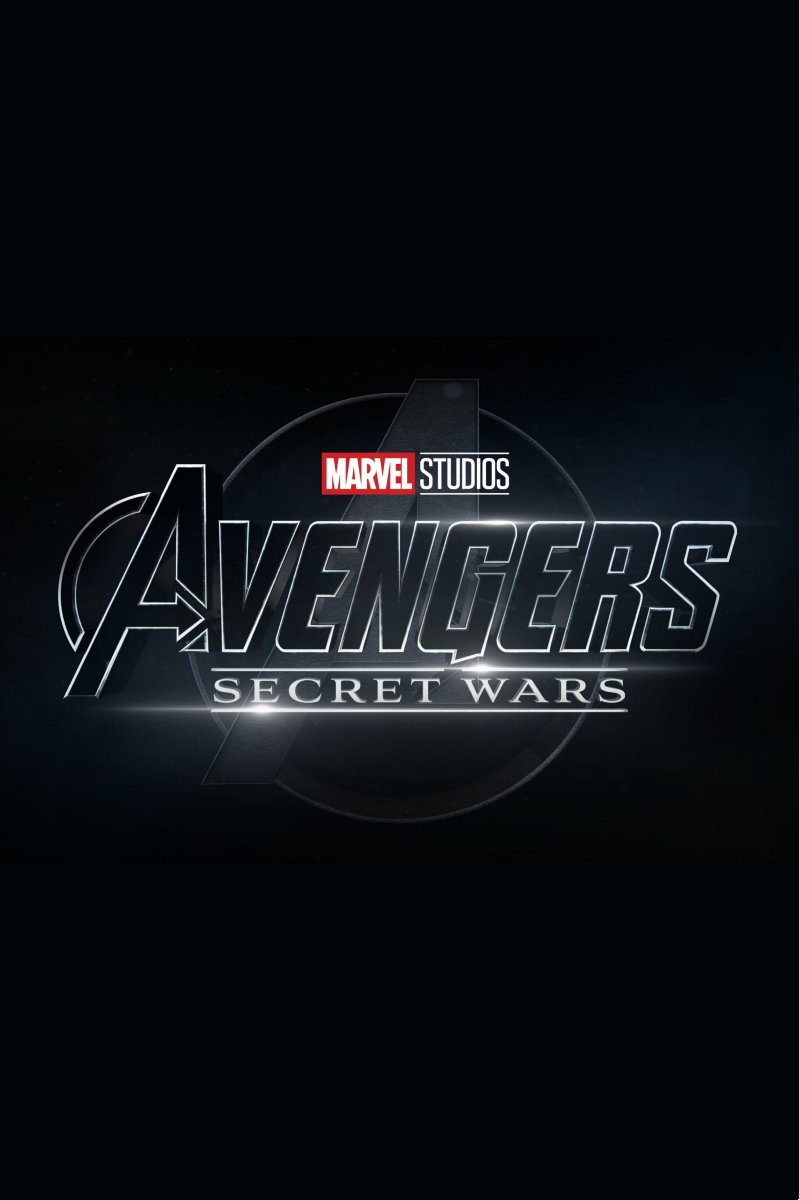Bringing Jane Foster back from the dead in the MCU would ruin the powerful message of Thor: Love and Thunder. The MCU's latest Thor installment has come under some criticism, particularly toward the film's tone, which has raised concerns that the next Thor sequel will be difficult to pull off. Despite this, writer-director Taika Waititi’s latest MCU offering handles the theme of love in the context of terminal illness with care and empathy. By its end, Thor: Love and Thunder portrays positive growth in the relationship between Jane and Thor, to the point where they are able to love unconditionally and accept each other’s choices, even the choice to die.
In Thor: Love and Thunder, Jane Foster is revealed to be suffering from stage 4 cancer. Having exhausted all scientific possibilities, she seeks out Thor’s shattered hammer, Mjölnir, to heal herself. The hammer does indeed grant her powers, but it only provides a healthy exterior. When she's not holding it, her illness returns. Even worse, the hammer is revealed to be counteracting the limited effects of the medicines she receives. In the scenes before the final battle with Gorr the God Butcher, Thor tells Jane to stay in the hospital to give her the best chance of successfully recovering. Jane resists and argues that she would rather spend her remaining time on her own terms, fighting by his side as the Mighty Thor. Though she initially agrees to stay behind, when she does appear in the final battle, Thor accepts her decision despite its tragic implications.
It is in this acceptance and support from Thor, and the subsequent scene where Jane passes away in his arms, that the Thor: Love and Thunder's explorations of love in the face of death really shine. Not least because this moment is integral to Gorr changing his mind. Rather than using his Eternity wish to wipe all gods in the MCU from existence, he resurrects his daughter, choosing to act for love over vengeance. For the MCU to have Jane return after this powerful moment would undermine the film's greatest thematic strength and diminish the significance of their decisions.
Mighty Thor's Death Is Love & Thunder's Best Feature
Jane Foster's illness and death in Thor: Love and Thunder develops the love between her and Thor into a more convincing and moving relationship than was seen previously. In Thor, the love story with Jane is sidelined for the sake of Thor’s origin. In Thor: The Dark World, she plays a more central role, but the overly serious tone and her continued lack of agency left the MCU with a Jane problem. The fact that Jane is dying in Thor: Love and Thunder makes Thor's continued love for her more significant and complex than simple devotion to an ex-girlfriend. Moreover, Jane has more agency in the movie, claiming Mjölnir for herself and choosing to fight Gorr despite the obvious cost. To bring Jane back in future installments would diminish the satisfying conclusion to Thor and Jane’s drawn-out arc as a romantic couple and risk weakening the growth experienced by both Thor and Jane in the movie.
Marvel Studios should move forward with gradually phasing out its current roster of heroes, and should not be tempted to wonder what happens after their deaths in the MCU. By allowing characters to stay dead and passing the torch to the next generation, the franchise can allow new storytellers and characters room to breathe and grow. Resurrections are commonplace in the MCU. The reversal of the snap at the end of Avengers: Endgame is the most obvious example. This pattern of temporary death has been a necessary evil in the comics to prolong favorite characters and to allow new artists and writers to work with them. The MCU should, however, allow the majority of its dead, including those in Thor: Love and Thunder, to remain dead. Too much resurrection lowers the stakes with impenetrable plot armor, confuses casual audiences, and undermines the power of its most moving death scenes.

